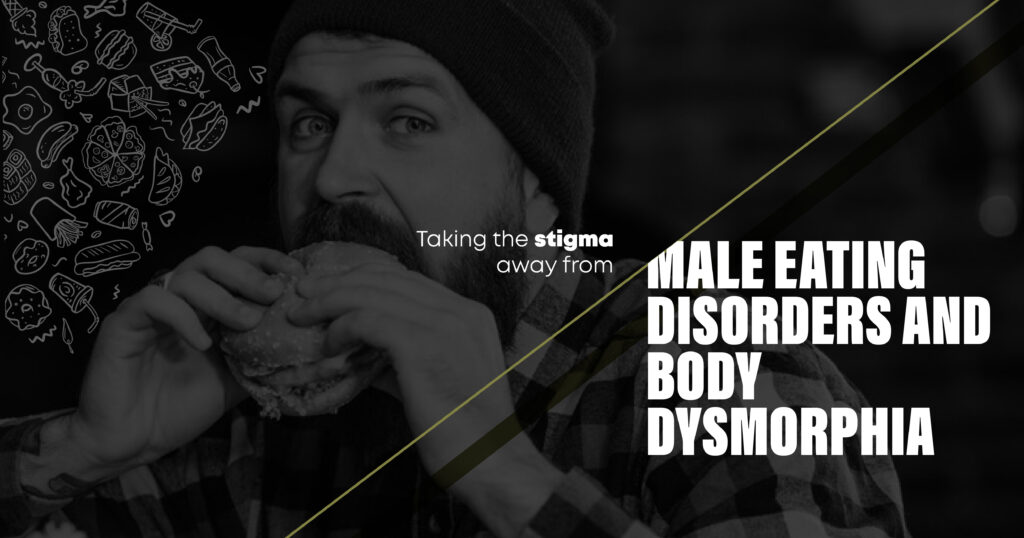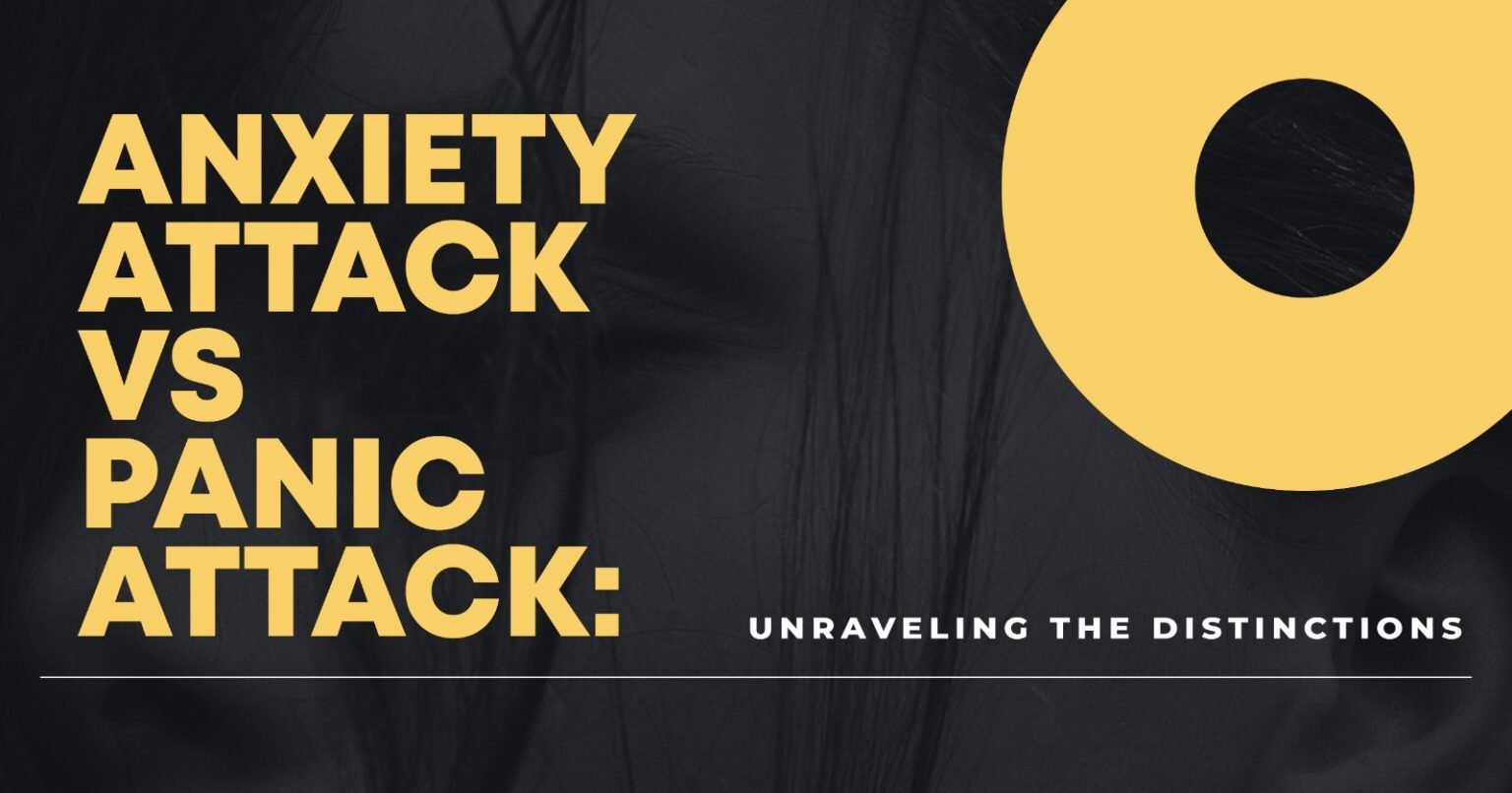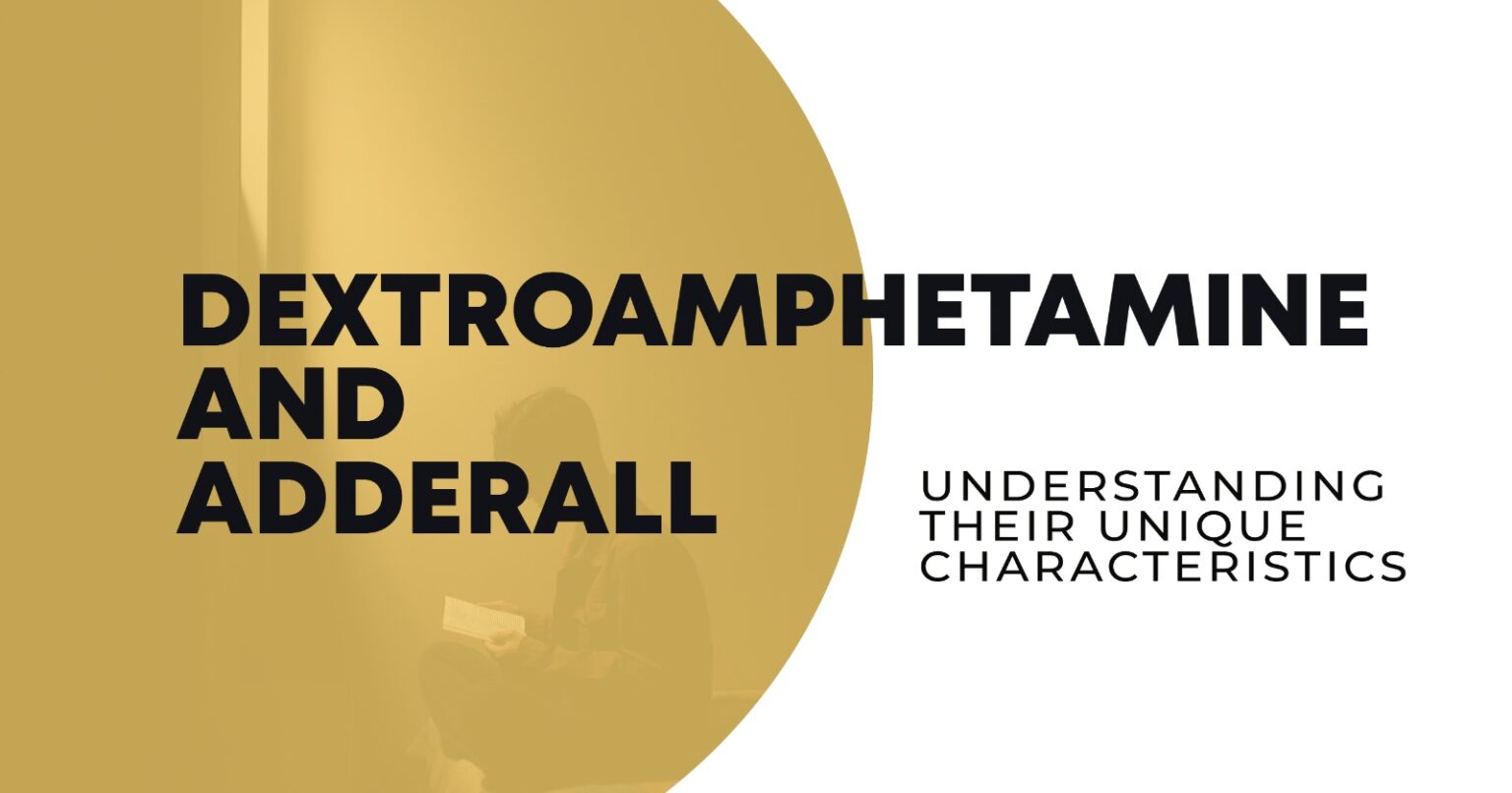
In a world obsessed with appearance, it is not only women who battle with body image issues and eating disorders. While eating disorders are commonly associated with females, it is crucial to acknowledge that men, too, face these challenges. Sadly, male eating disorders are often overlooked, dismissed, or stigmatized, making it difficult for sufferers to seek help. In this comprehensive guide, we aim to shed light on the often disregarded topic of male eating disorders, provide insight into their causes, identify potential warning signs, highlight available treatments, and promote understanding and healing.
Breaking the Stigma: Male Eating Disorders Unveiled
The Rise of Male Eating Disorders
The image of a society obsessed with unrealistic beauty standards affects both men and women. Men, just like women, are under pressure to adhere to societal constructs of the “ideal” body. As a result, male eating disorders have been on the rise. Contrary to popular belief, these disorders do not discriminate based on gender; they can affect males from all walks of life, regardless of age or background.
Factors contributing to the rise of male eating disorders include:
- Influence from media and advertising: Unrealistic portrayals of male bodies in the media can lead to obsessive behaviors and distorted self-perception.
- Societal expectations: Men are expected to possess a lean, muscular physique, which can lead to unhealthy dieting practices and excessive exercise.
- Cultural factors: Certain sports and professions, such as modeling, wrestling, or ballet, may place a higher emphasis on weight and body image, increasing susceptibility to eating disorders among males in these fields.
Understanding Male Eating Disorders
Men, like women, can develop various types of eating disorders. Understanding the different forms is crucial for early detection and intervention. The most common male eating disorders include:
- Anorexia nervosa: Characterized by an intense fear of gaining weight, anorexia nervosa often leads to severe weight loss, excessive exercise, and restrictive eating habits. Men with anorexia may also have body dysmorphia, perceiving themselves as overweight despite being underweight.
- Bulimia nervosa: This disorder involves binge-eating episodes followed by compensatory behaviors such as excessive exercise or purging. Men with bulimia may be of average or above-average weight, making it harder to spot the symptoms.
- Binge eating disorder (BED): BED is characterized by recurrent episodes of uncontrollable overeating, leading to feelings of guilt and shame. Men with BED may use food as a coping mechanism, leading to weight gain and associated health problems.
Shine Mental Health
Signs and Symptoms of Male Eating Disorders
Recognizing the signs and symptoms of male eating disorders is essential for early intervention. Keep in mind that every individual may experience these disorders differently; however, common warning signs may include:
- Drastic weight loss or fluctuations
- Preoccupation with body image or fear of gaining weight
- Obsessive calorie counting or strict dieting
- Compulsive exercising or excessive concern about physical fitness
- Avoidance of social events involving food
- Disordered eating behaviors, such as hiding or hoarding food
- Poor self-esteem or body dissatisfaction
- Social withdrawal or isolation
- Noticeable mood swings, anxiety, or depression
- Physical symptoms like fatigue, dizziness, or fainting spells
If you or someone you know is displaying these signs, it is important to seek professional help without delay.
Shine Mental Health
Seeking Help for Male Eating Disorders
Overcoming the stigma associated with male eating disorders is crucial for individuals to seek the help they need. Here are steps to assist in the healing process:
- Educate yourself: Learn about the complexities of male eating disorders and debunk common myths and misconceptions to foster understanding and empathy.
- Encourage open conversations: Create a safe space for individuals to discuss their struggles, emphasizing that seeking help is a sign of strength. Avoid judgment and listen attentively to their experiences.
- Promote body positivity: Celebrate diverse body types and challenge societal beauty standards. Encourage self-acceptance and promote a healthy relationship with food and exercise.
- Be a supportive ally: Offer non-judgmental support to friends, family, or colleagues who may be battling male eating disorders. Encourage them to seek professional help and accompany them when needed.
- Professional intervention: Encourage individuals to reach out to medical professionals, therapists, or eating disorder specialists who specialize in male eating disorders. These professionals can provide tailored treatment plans and support for recovery.
By breaking the stigma and fostering an environment of understanding and acceptance, we can empower men to seek the help they need and ultimately promote healing and recovery from male eating disorders.
FAQs about Male Eating Disorders
Are male eating disorders as dangerous as female eating disorders?
Yes, male eating disorders can be just as dangerous, both physically and mentally. Early intervention is vital in preventing severe health consequences.
Can men develop body dysmorphia related to their appearance?
Absolutely. Body dysmorphia can affect anyone, regardless of gender. Men may perceive themselves as overweight or inadequately muscular, which can contribute to the development of eating disorders.
What is the first step in overcoming a male eating disorder?
The first step is acknowledging the problem and seeking professional help. From there, individuals can receive appropriate guidance and support to embark on the path to recovery.
Can a supportive social network make a difference in recovery?
Absolutely. A supportive network that encourages open conversations and provides non-judgmental support can significantly contribute to an individual’s recovery from a male eating disorder.
“I am so proud of all those involved who made these needed services available in Fresno. This group at SHINE cares and they know what they are doing.” – Rene Turner
Shine Mental Health
Breaking Free from the Chains of Male Eating Disorders
In conclusion, male eating disorders are a silent struggle that deserves attention and understanding. By dispelling the stigma surrounding these disorders and promoting empathy, we can empower men to seek help, find healing, and overcome the challenges they face. Remember, it is possible to break free from the chains of male eating disorders and emerge stronger than ever. Together, let’s create a world where no one suffers alone.
At Shine Mental Health in Fresno, CA, we offer specialized treatment for eating disorders that is tailored to each individual’s needs. Treatment may involve individual therapy, group therapy, family therapy, medication management, and nutritional counseling. Our team of experienced professionals will work with you to develop a comprehensive treatment plan that addresses your unique needs and helps you achieve lasting recovery.






